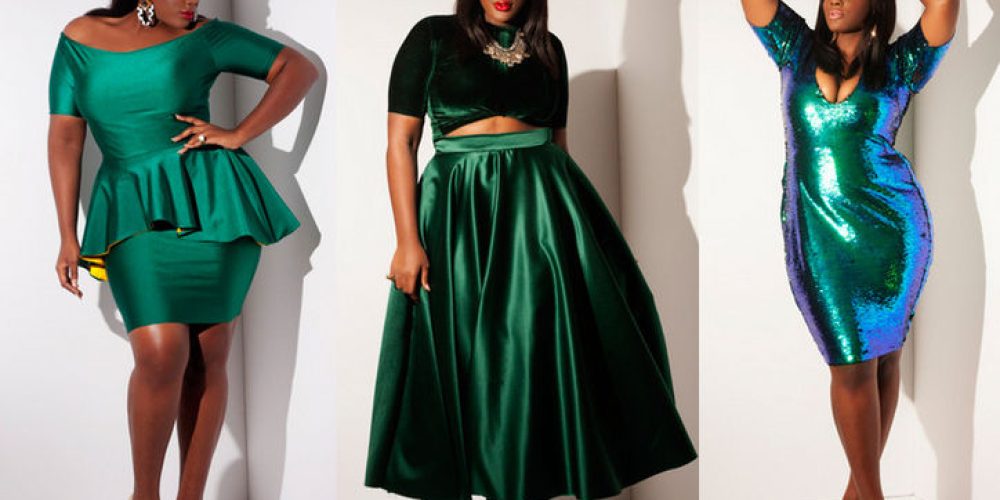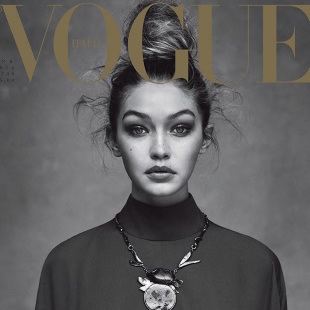Re-thinking marketing’s approach to body image has the potential to impact bottom lines, writes Caroline Gatrell, professor at Lancaster University Management School, in this article for Marketing Magazine.
Here are our highlights:
Some psychologists researching consumer behaviours argue that only people who are already unhappy with their body image will be affected by ads featuring thin, young models.
In this view, relationships with friends, family and work colleagues are more likely than the marketing industry to have a negative impact on health. So why should the industry worry – or change the habits of the past few decades – when tried and tested campaigns using glamorised images are known to sell products?
Perhaps because, by continuing to promote such unrealistic ideals, the marketing industry might be ‘missing a trick’.
When magazines feature models of average size or more, readers and consumers often rush out to buy them – even if advertisers are displeased. When UK cookery author and presenter Nigella Lawson was photographed in New York, wearing a figure-hugging red dress, it sold out quickly. And in January, when fashion label Rum and Coke launched a campaign featuring ‘larger’ black women, consumers of all sizes rushed to buy its products.
So maybe the time has come for the marketing industry to re-evaluate. The use of ‘ordinary’ models might make a real difference to enhancing positive self-image and healthy behaviours among consumers and workers alike. At the same time, such an approach – challenging the stereotypical industry view about body image and appearance – might just improve the bottom line.






